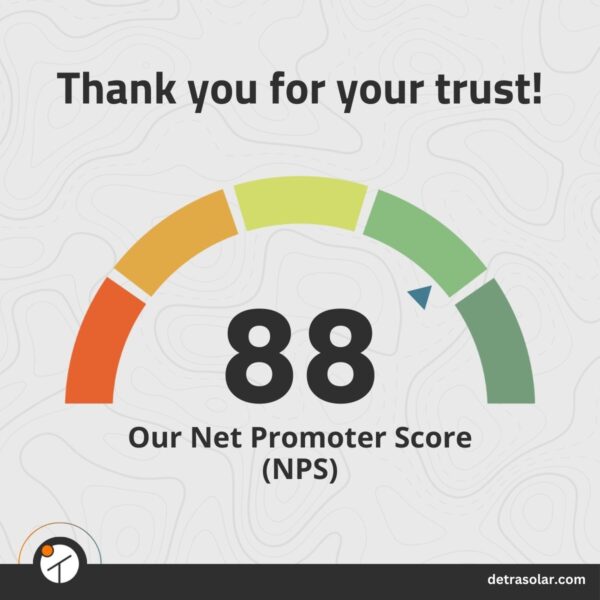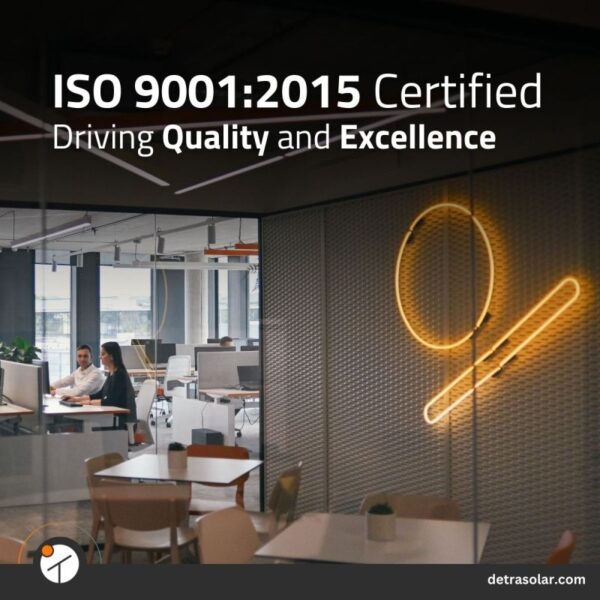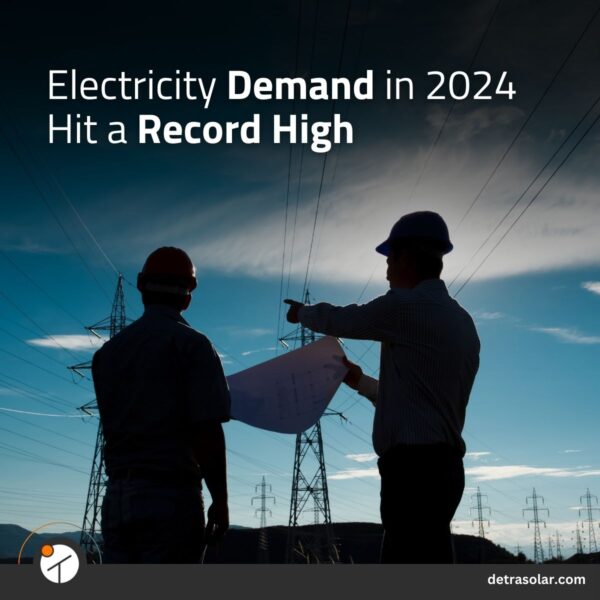Large-Scale Ground-Mounted Solar Projects: Key Questions to Ask Before Starting the Design Process (part 1)

By Klaudas Zyle, Design Delivery Manager at Detra Solar.
When planning a large-scale ground-mounted solar project, tackling key questions right from the beginning is essential. Given the substantial investment and complexity involved, thorough planning not only helps streamline the process but also prevents costly issues down the road. By identifying potential challenges early and seeking expert guidance, you can ensure your solar park is designed to maximize efficiency and meet your long-term objectives. In this two-part blog series, we’ll break down the most critical factors to consider before moving forward with the design process.
In this first part, we’ll cover the essential questions you need to address before starting the design, including defining project boundaries, securing a grid connection, and understanding height restrictions. These are vital steps to ensure a smooth beginning to your project.
1. Have You Clearly Defined Your Project Boundaries?
Defining the project’s physical boundaries is a fundamental step. This not only helps in acquiring the necessary land but also sets the stage for accurate design and planning. Make sure the area is properly assessed and that any boundary restrictions are well-documented.
2. Is Your Grid Connection Secured?
One of the most important aspects of any solar project is securing a grid connection. Confirming that the grid can accommodate your project’s capacity and that there are no obstacles in the connection process will help avoid future complications. Additionally, the terms of the grid connection often outline specific requirements, such as reactive power evaluations or potential rework of connection lines. These factors can significantly impact the project’s economics, so it’s vital to have a clear and thorough understanding of all grid connection requirements from the outset.
3. Where Is the Nearest Substation?
The location of the nearest Distribution Network Operator (DNO) substation will impact both the feasibility and cost of connecting your solar park to the grid. Identifying this early on helps determine how practical and cost-effective the connection will be. This can involve assessing whether you have easy access from the project site to the point of connection, including how many neighboring properties you may need to cross and which government roads or utility lines require approval for the connection.
4. Do You Have the Required Planning Permissions?
Understanding the regulatory landscape is essential. Depending on the location, you may need specific planning permissions, including those related to environmental, zoning, or land use regulations. Make sure you verify whether there are any restrictions, such as proximity to protected areas, that could delay or halt your project.
5. What Are the Height Restrictions?
Before you begin the design process, it’s important to check for any local restrictions on the maximum height of solar panels and related infrastructure. These limitations can directly impact the efficiency and layout of the solar system. In some countries, there are specific height limits for solar panels due to environmental concerns, ensuring they don’t dazzle wildlife or disrupt the natural landscape.
Coming Up in Part 2…
In the second part of this blog series, we’ll dive deeper into the environmental and heritage considerations, ground suitability, flood risks, and how the topography of your site impacts your design. These factors are crucial for the long-term success and sustainability of your solar park. Stay tuned!







